While some evidence of restoration can be revealed by viewing a book in natural daylight and using a magnification loupe, my favourite tool in detecting restoration (both amateur and professional) is my UVA blacklight.
Blacklight works by fluorescence: that is, it affects materials that absorb the UV wavelength, which we can’t visibly see. Those materials absorb and then re-emit that light at a lower frequency, which we can see. Depending on the wavelength being emitted, a visible color shift will occur.
Under normal lighting conditions, areas of color touch and areas of glue/adhesive can be invisible (or nearly so), especially if those areas have been recoated or reglossed to match the original book.
So, what looks normal under incandescent or fluorescent light:
Can look radically different under blacklight:
The list of color changes is approximately as follows:
- Blacks appear flat, not glossy
- Whites appear purple
- Red appears as dark brown
- Green appears as very dark green
- Blue appears as very dark blue or purple
- Yellow appears green
Blacklight on adhesive residue also creates a similar color shift. Again, what looks unrepaired under normal light:
Usually becomes white and cloudy when looked at under a blacklight:
There are a couple of problems, though, when using a blacklight to determine restoration. First, any particles of dust will fluoresce white – which can obviously lead to erroneous conclusions. As well, any foreign material will reveal itself under blacklight – some of it will undoubtedly be restoration but not all foreign material is conclusive evidence at an attempt at restoration. Lastly, you pretty much need completely darkness to comfortably see the fluorescence and in a convention setting this can become a great challenge.
Ideally, you can get the book into complete darkness, but even an examination under less than ideal conditions will reveal the various color shifts. Keep in mind, that the more ambient light that you have around you, the closer you will have to hold the blacklight to the cover sometimes only millimetres above. The closer you need to get to the book, then the closer you will need to get to the light source – and that, too, is a problem as anytime you expose yourself to UV light, there are health concerns and UVA (while much safer than UVB and UVC) is no exception. Over-exposure to UVA can lead to all sorts of issues.
If you don’t have favourable viewing conditions, you can always create a viewing space by placing the book (and yourself) under a coat, a box lid or even under the dealer’s table. However, I going to guess that many dealers might be skittish (to say the least) about letting you take their prized inventory anywhere, especially outside of their sight.
UV blacklight is a great tool in restoration detection, but remember – blacklight is only one tool in an ever-expanding kit.
More next time!

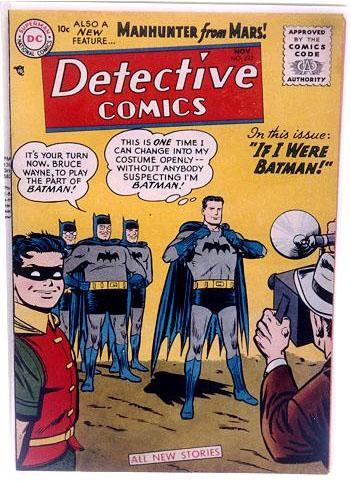
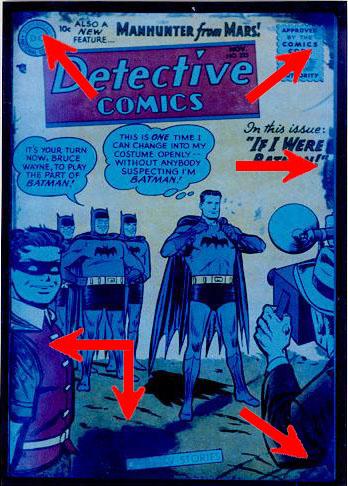
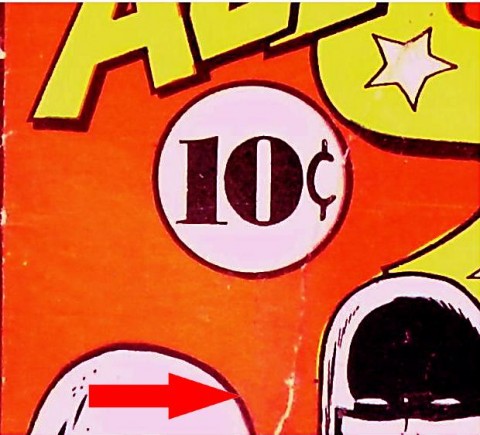
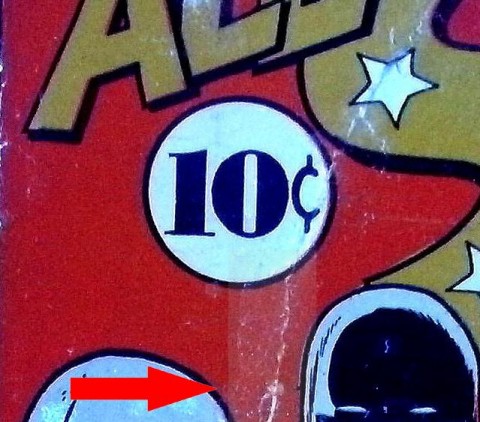
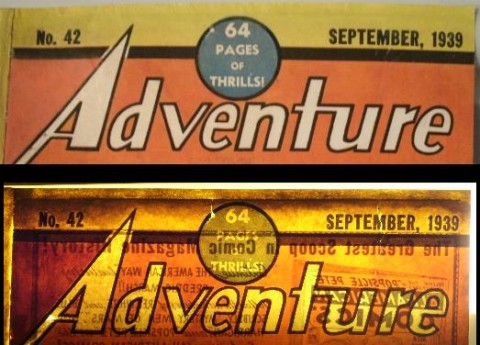
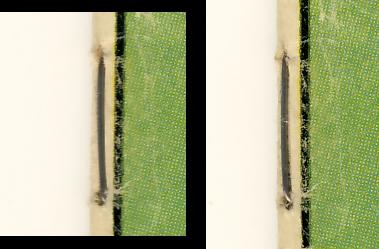
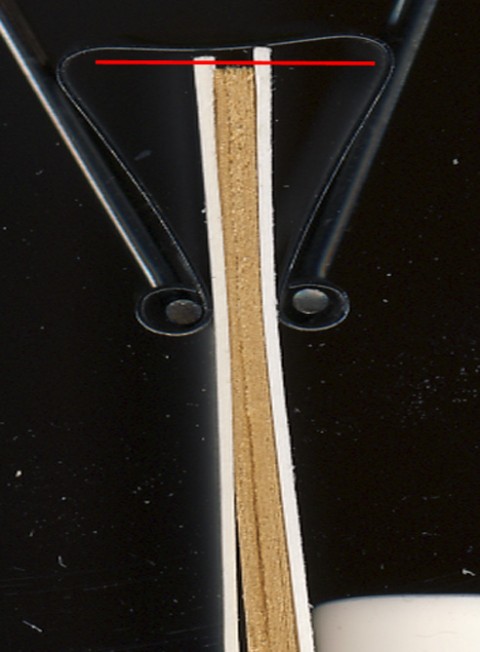
Tracy , this is turning out to be very cool , keep them coming !
I bought a blacklight used for testing banknotes but when I hold it up to a comic which I have purposefully color-touched to try out, I can’t see anything. Is there an ideal or minimum strength of light or type of lamp to use? Thanks for the article – more please!
Simon- I’m having the same trouble too with the blacklight method. I inspected a book that I know was color touched and can’t see any difference. Does anybody out there have an answer for us?
5
4.5